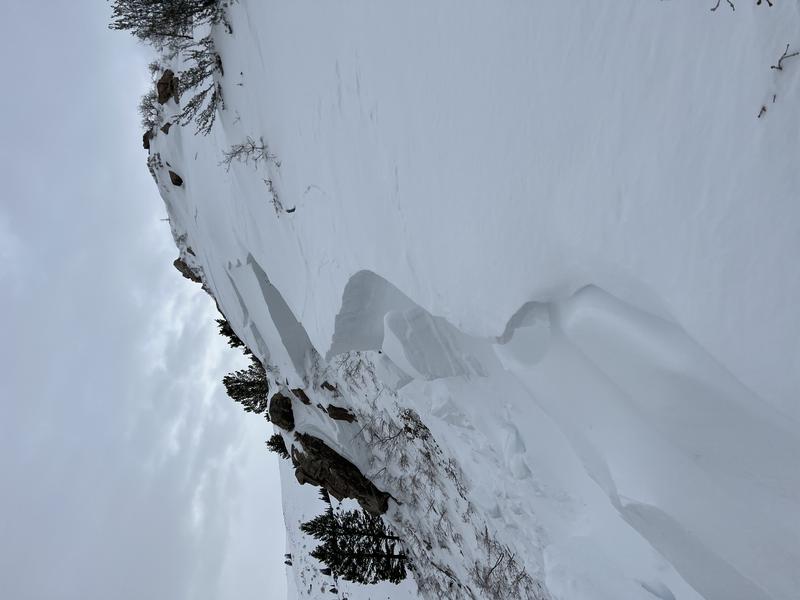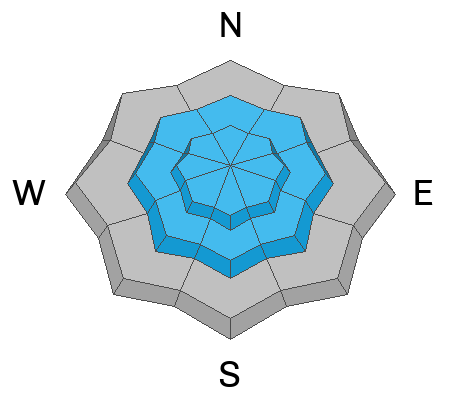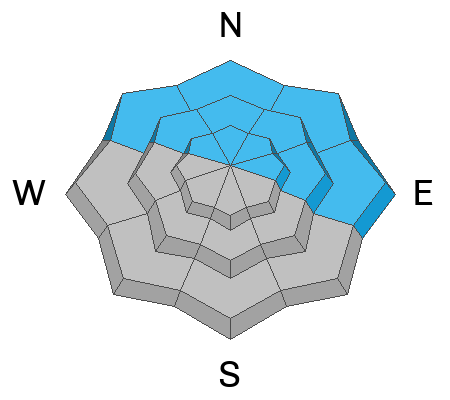Forecast for the Ogden Area Mountains

Issued by Drew Hardesty on
Sunday morning, January 15, 2023
Sunday morning, January 15, 2023
The avalanche danger will rise to CONSIDERABLE today in areas that receive the most snow and wind. If you are heading into the upper elevations, human triggered avalanches will be likely. Cautious route-finding and conservative decision-making will be essential.

Low
Moderate
Considerable
High
Extreme
Learn how to read the forecast here







